Did you ever wonder if your cat truly remembers you, or if their affectionate routines are just random quirks? It’s a question that tugs at the heartstrings of every cat lover. The bond between humans and cats is often painted as mysterious, sometimes even aloof. But recent research and countless stories from cat owners suggest that cats may be quietly forming deep, long-term emotional habits around the people they love. Could it be that your feline friend depends on the rhythm of your presence more than you realize?
The Mysterious World of Feline Emotions

Cats have often been misunderstood as solitary, unemotional creatures, but nothing could be further from the truth. Their emotional world is rich and layered, though not always easy for us to read. Unlike dogs, who wear their hearts on their sleeves, cats express affection and comfort in subtle, sometimes secretive ways. This mysterious nature can make it challenging to recognize the emotional habits they form. Yet, by observing their behavior closely, cat enthusiasts often notice patterns that hint at deeper attachments. These habits are shaped by repeated positive experiences and familiar interactions, suggesting that cats are more emotionally invested than we once thought. Over time, these bonds can become an integral part of their daily lives.
Early Socialization Shapes Emotional Bonds

The foundation for a cat’s emotional habits is laid early in life. Kittens that are handled gently and exposed to people during their critical socialization window, typically between two and seven weeks of age, are more likely to form strong, lasting attachments to humans. These early experiences can influence how a cat relates to people for the rest of its life. Cats raised in loving, attentive homes tend to seek out human interaction and establish routines centered around their favorite people. Conversely, a lack of positive contact during this stage may result in a more reserved adult cat. This early socialization is a crucial building block in the emotional habits that cats develop.
Routine: The Anchor of Feline Security
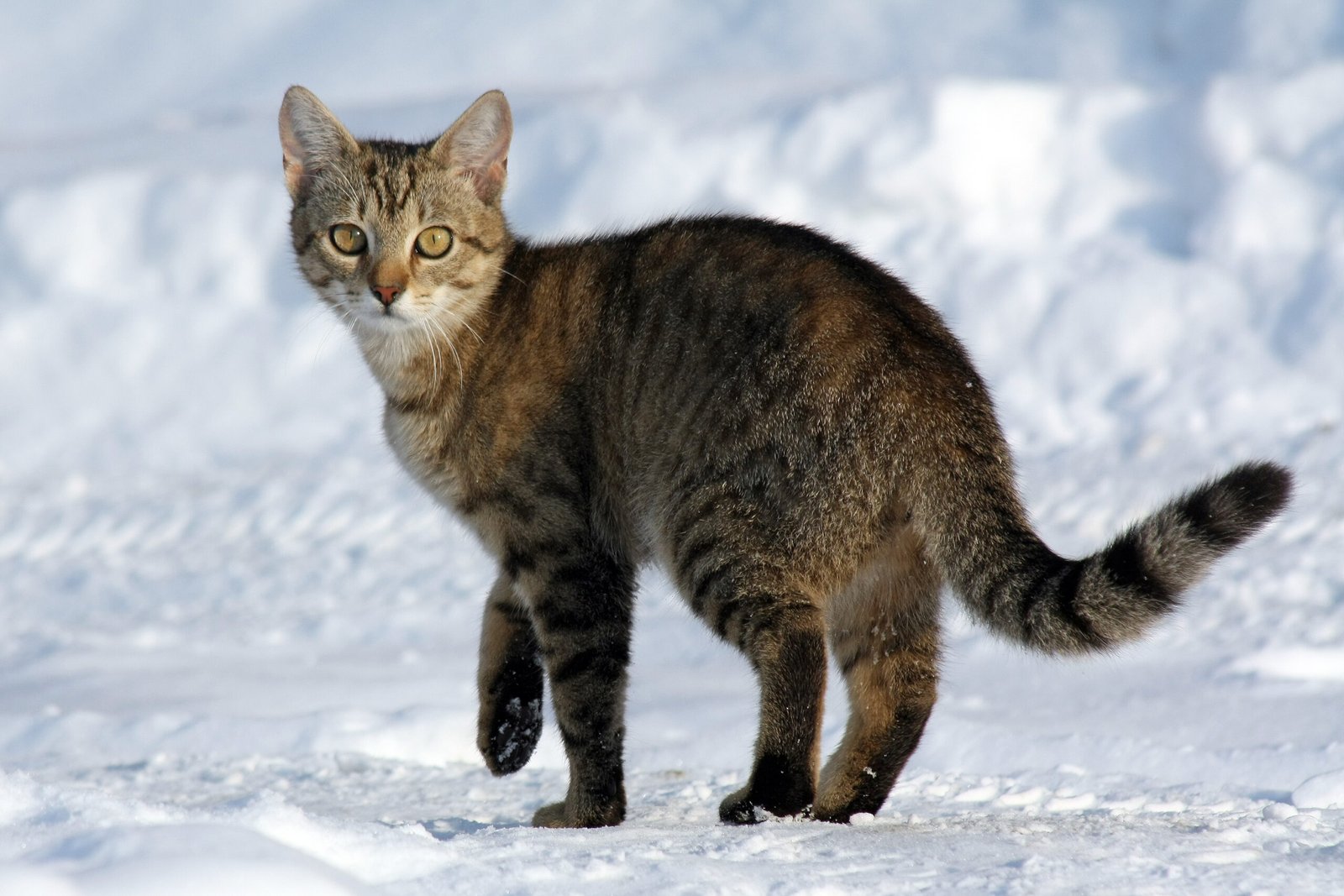
For cats, routine is more than just a preference—it’s a source of comfort and security. From the time they are kittens, cats thrive on predictability. They quickly learn the patterns of their household, from meal times to bedtime rituals. When people consistently provide care and affection, cats begin to anticipate these positive interactions. This anticipation forms the backbone of long-term emotional habits, as familiar routines become linked to feelings of safety and trust. Disruptions to these routines can cause anxiety or confusion, highlighting how deeply these habits are ingrained. In many ways, a cat’s emotional attachment is built on the stability of daily life with their humans.
Attachment Styles: Not Just for Dogs

It’s a common belief that only dogs form attachment styles, but cats are not so different. Recent studies have shown that cats can develop distinct attachment patterns to their owners. Some cats display secure attachments, showing comfort and confidence when their person is near and mild distress during absence. Others may be more dependent or even avoidant, reflecting their unique personalities and histories. These attachment styles often persist over time, guiding how cats interact with their humans and shaping their emotional habits. The presence or absence of a trusted person can dramatically influence a cat’s mood and behavior, underscoring the depth of their connections.
Memory and Recognition: Do Cats Remember Us?

One of the most startling discoveries in recent feline research is the strength of a cat’s memory, especially regarding the people they love. Cats possess both short-term and long-term memory, allowing them to recognize familiar faces and voices even after long separations. This recognition is often accompanied by emotional responses, such as excitement or relaxation, which point to the formation of meaningful habits. Anecdotes abound of cats reuniting with owners after years apart and instantly resuming old routines. Such stories suggest that cats not only remember us, but also the emotional patterns they shared with us—like a favorite game or gentle cuddle.
Habits Around Affection and Touch

Cats are masters at forming habits around affection, often choosing specific ways and times to express their love. Some cats establish daily rituals, like curling up on your lap after dinner or demanding head scratches at bedtime. These behaviors are not random; they are learned responses to positive experiences. Over time, these affectionate routines become deeply ingrained, and cats may seek them out as a source of comfort. If the pattern is disrupted—say, you go on vacation—many cats will wait patiently for the routine to resume. This persistence reveals how emotional habits provide stability and pleasure for both cats and owners.
Feeding Time: More Than Just a Meal

Feeding time can become a powerful emotional anchor for cats. The sound of a can opening or the rustle of a treat bag is often enough to bring a cat running, sometimes from the farthest corner of the house. But beyond the food itself, many cats associate the act of feeding with the person providing it. This daily ritual can become a cherished moment of connection, strengthening the bond between cat and human. Cats may meow, rub against your legs, or even perform “happy dances” in anticipation. These responses are not just about hunger—they reflect a positive emotional habit centered on trust and expectation.
Playtime Rituals: Building Joyful Bonds
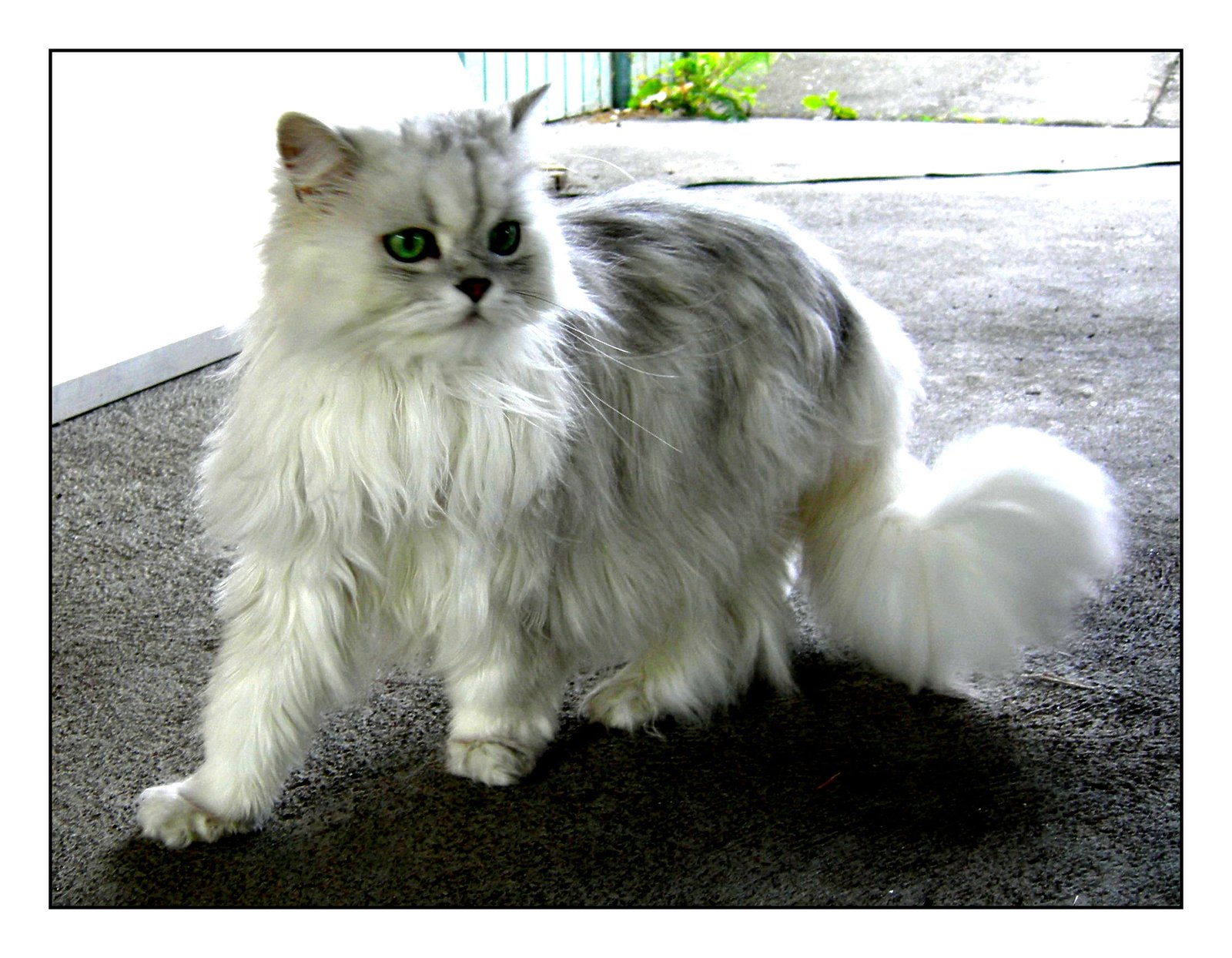
Play is an essential part of a cat’s emotional well-being, and regular playtime with a favorite person can become a treasured habit. Some cats have preferred toys or games that they bring to their owners, signaling it’s time for fun. These shared activities help to reinforce trust, reduce stress, and provide mental stimulation. Over time, the ritual of playing together can become one of the most consistent and joyful parts of a cat’s day. The anticipation and excitement that cats show when their favorite playmate arrives is a clear sign of the emotional habits they have formed.
Sleeping Habits: Choosing Their Person
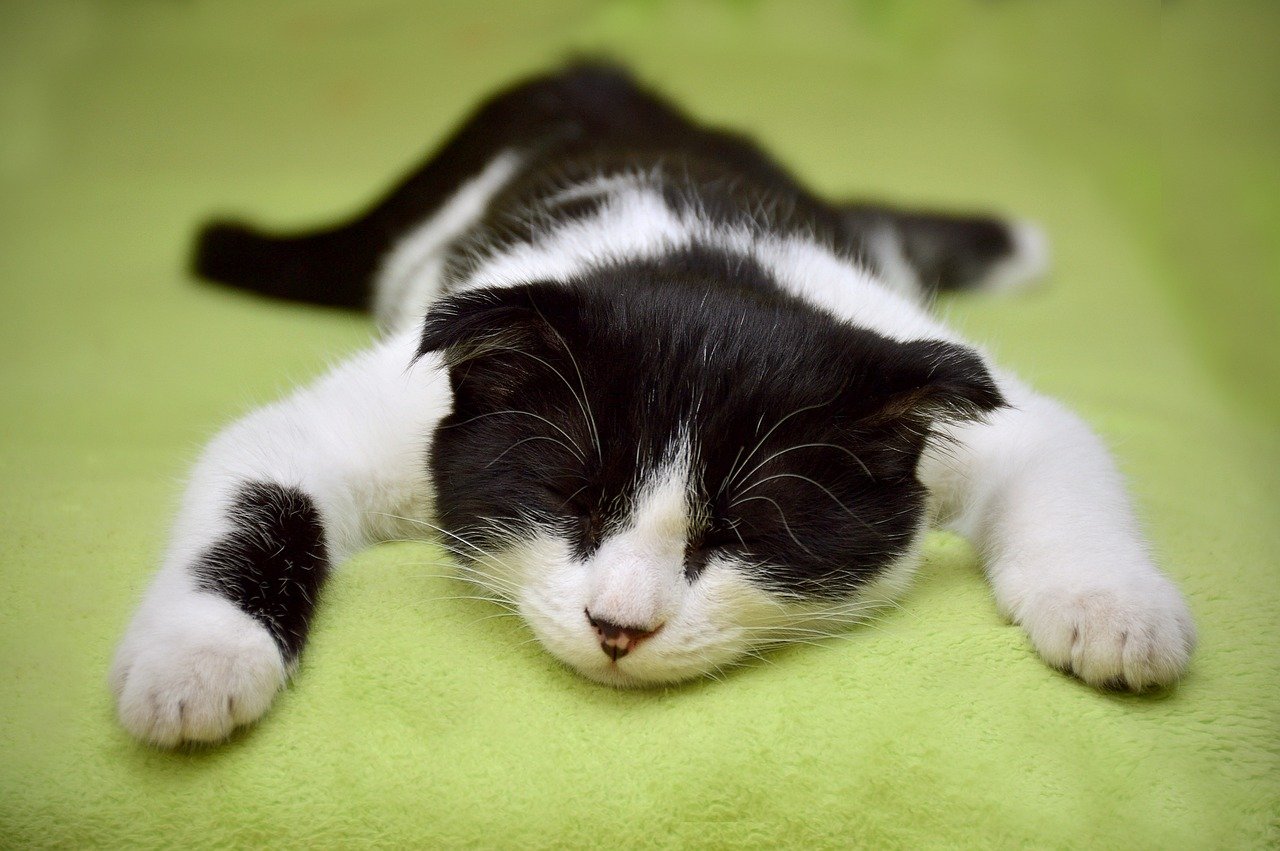
Where a cat chooses to sleep says a lot about their emotional attachments. Many cats develop long-term habits of sleeping near or on their favorite person, seeking warmth and security. This nightly ritual can be incredibly touching, as it signals deep trust and affection. Over the years, cats may return to the same spots—at the foot of the bed, on a pillow, or nestled in the crook of an arm—creating a sense of continuity and comfort. These sleeping habits often persist through changes in the household, showing how strongly cats cling to the emotional safety of their chosen person.
Vocalization Patterns: Communicating Through Habit

Each cat has a unique way of “talking” to their humans. Some develop specific meows, chirps, or purrs in response to certain people or situations. These vocal habits are built over time, often as a result of repeated positive interactions. For example, a cat may use a special meow to greet their owner at the door or to request a particular treat. These communication patterns are not just random noises—they are meaningful habits that reflect the cat’s emotional state and their desire to connect. By tuning in to these vocal cues, owners can deepen their bond and better understand their feline companions.
Following Their Person: The Shadow Effect
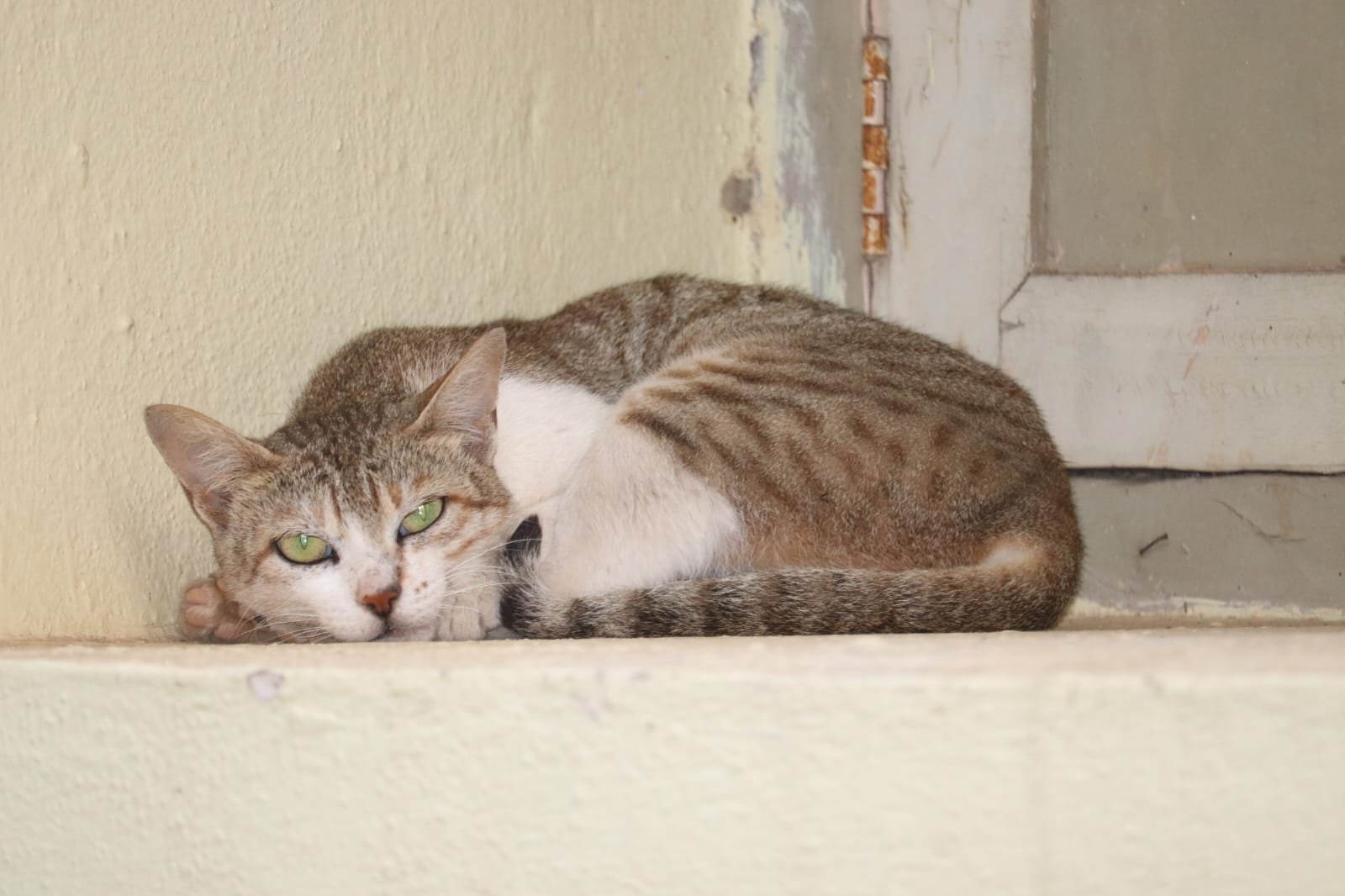
Have you ever noticed your cat quietly trailing you from room to room? This behavior, often called the “shadow effect,” is a strong sign of long-term emotional attachment. Cats who feel secure and bonded to their person may develop the habit of staying close, even if it’s just to watch from a distance. This following behavior can be comforting for both the cat and the owner, reinforcing the sense of companionship. Over time, some cats will develop routines around this habit, waiting outside the bathroom door or settling nearby when you work from home. It’s a subtle yet powerful sign of emotional connection.
Greeting Rituals: Welcoming Their Favorite Human
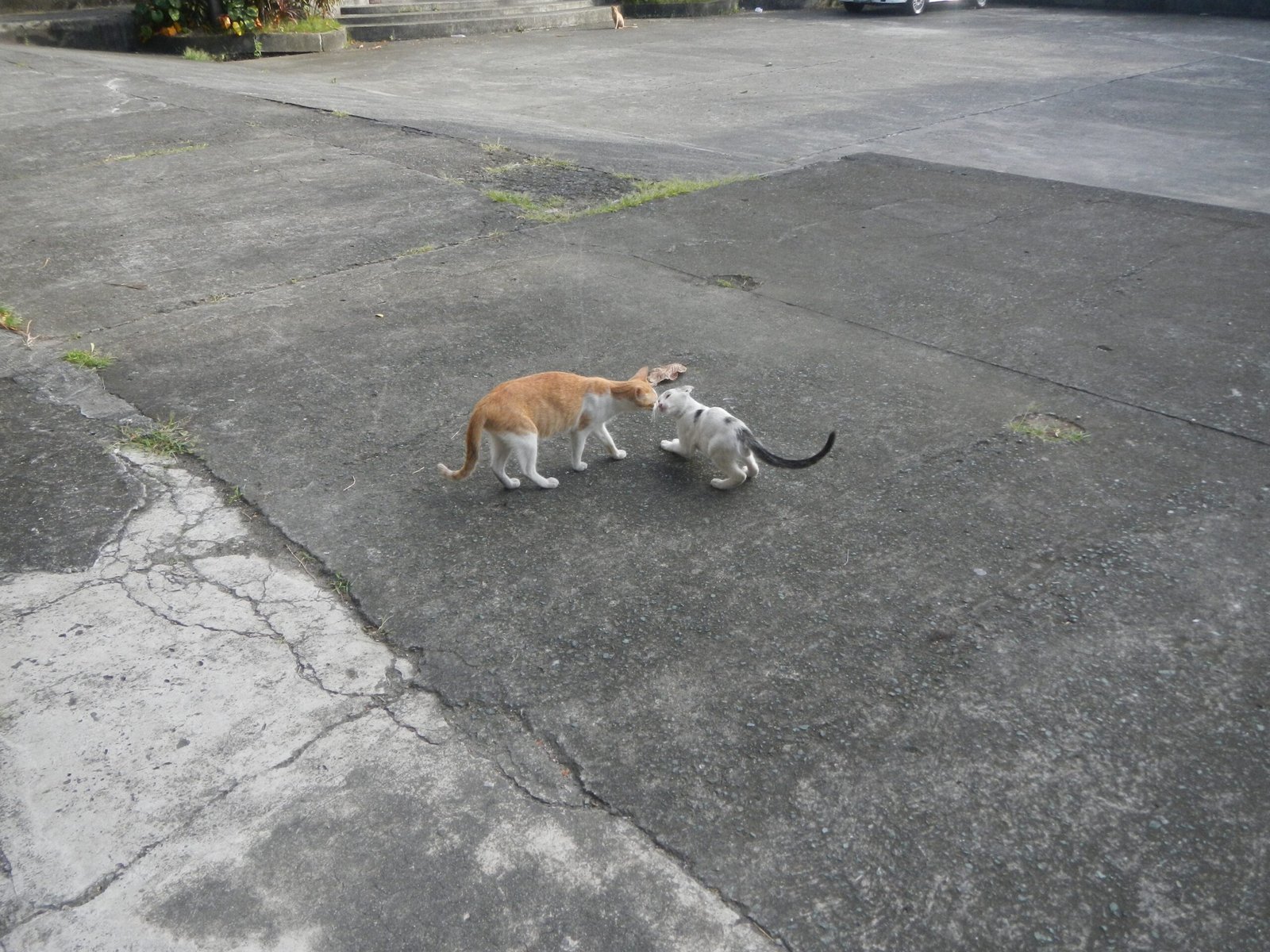
The way a cat greets its owner after an absence can reveal a lot about their emotional habits. Some cats run to the door, tails high, while others offer gentle head bumps or excited chirps. These greeting rituals are not just about marking territory—they are expressions of joy and recognition. Over time, cats may develop specific routines for welcoming their humans, such as rubbing against legs, rolling on the floor, or vocalizing in a certain way. These rituals provide a sense of continuity and reassurance, both for the cat and the person returning home.
Comfort Behaviors During Stressful Times

During periods of stress or upheaval, cats often turn to familiar emotional habits for comfort. Whether it’s hiding in a favorite spot, seeking extra cuddles, or engaging in repetitive grooming, these behaviors help cats cope with uncertainty. Owners may notice that their cat becomes more clingy or vocal during stressful events like moving or loud storms. The presence of a trusted person can be incredibly soothing, underscoring the importance of the emotional habits formed over time. By maintaining routines and offering gentle reassurance, owners can help their cats weather difficult times with greater resilience.
Marking and Scent Habits: Sharing Their World
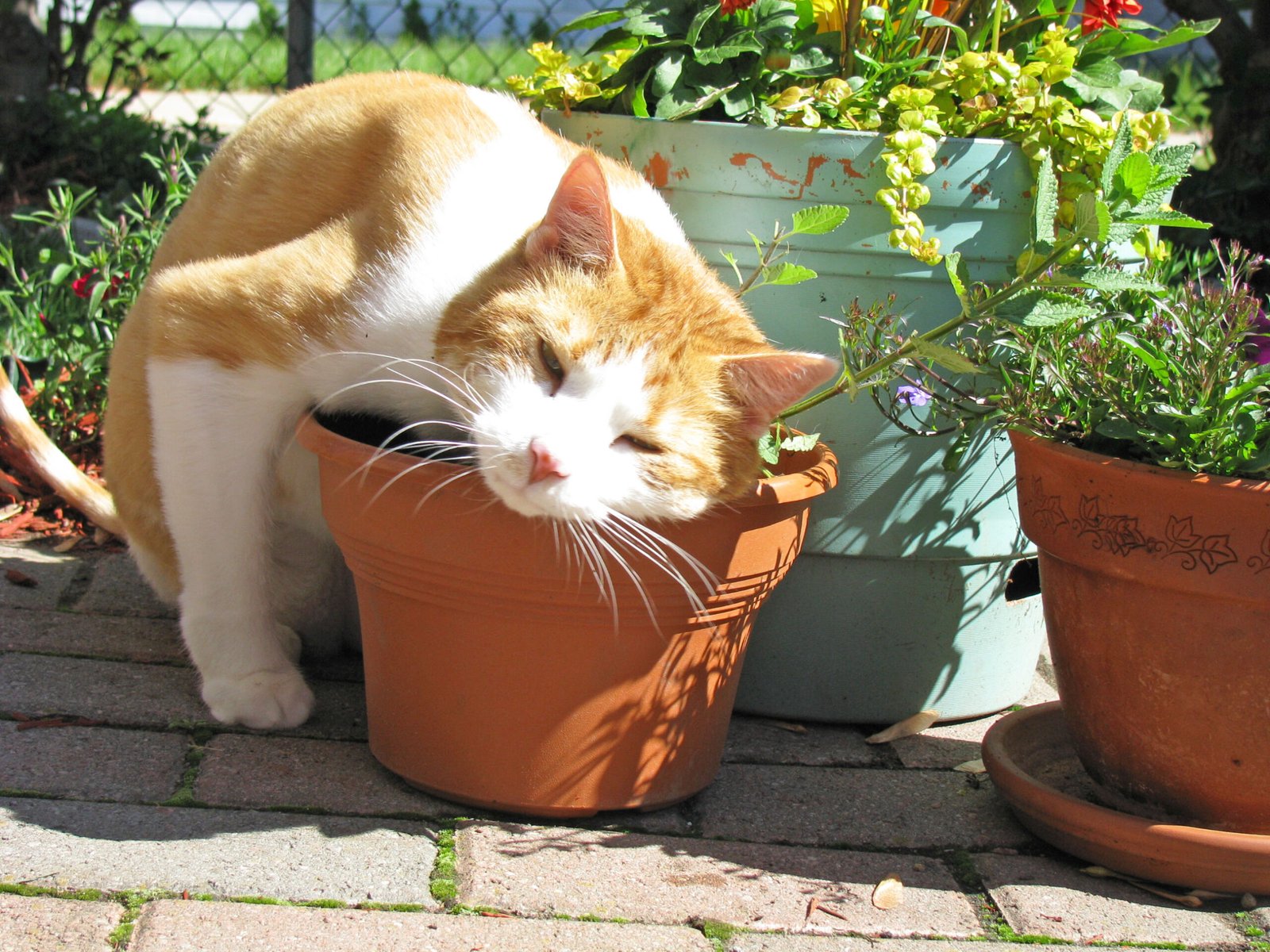
Cats have a unique way of marking their territory—and their favorite people—through scent. Rubbing their face or body against a human deposits pheromones, creating a shared scent profile that is comforting to both cat and owner. This habit isn’t just about claiming property; it’s a deeply emotional gesture of belonging. Over time, cats may repeatedly mark their person, especially after separations, to re-establish their bond. These scent-marking rituals are an invisible but powerful part of the emotional habits that cats develop, reinforcing their sense of safety and connection.
Responding to Human Emotions
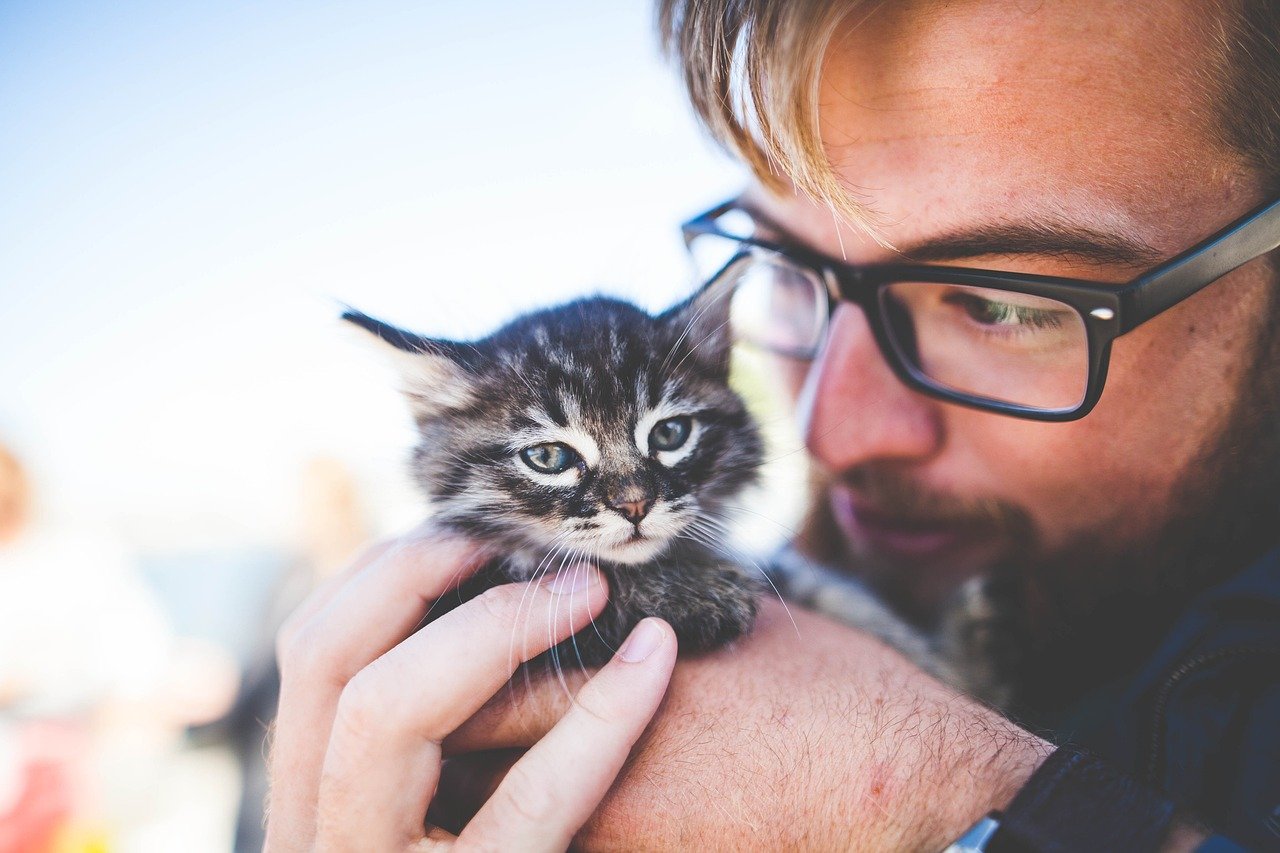
It may be surprising, but many cats are sensitive to the moods of their favorite people. Some will cuddle closer when their owner is sad, while others may offer playful antics to lighten the mood. These responses are shaped by repeated experiences and the emotional habits formed over time. Cats learn to associate their person’s emotional states with certain actions or routines, adapting their behavior to provide comfort or companionship. This emotional attunement is often subtle, but it highlights the depth of the bond between cats and humans, showing that our feelings matter to our feline friends.
Changes in Household Dynamics
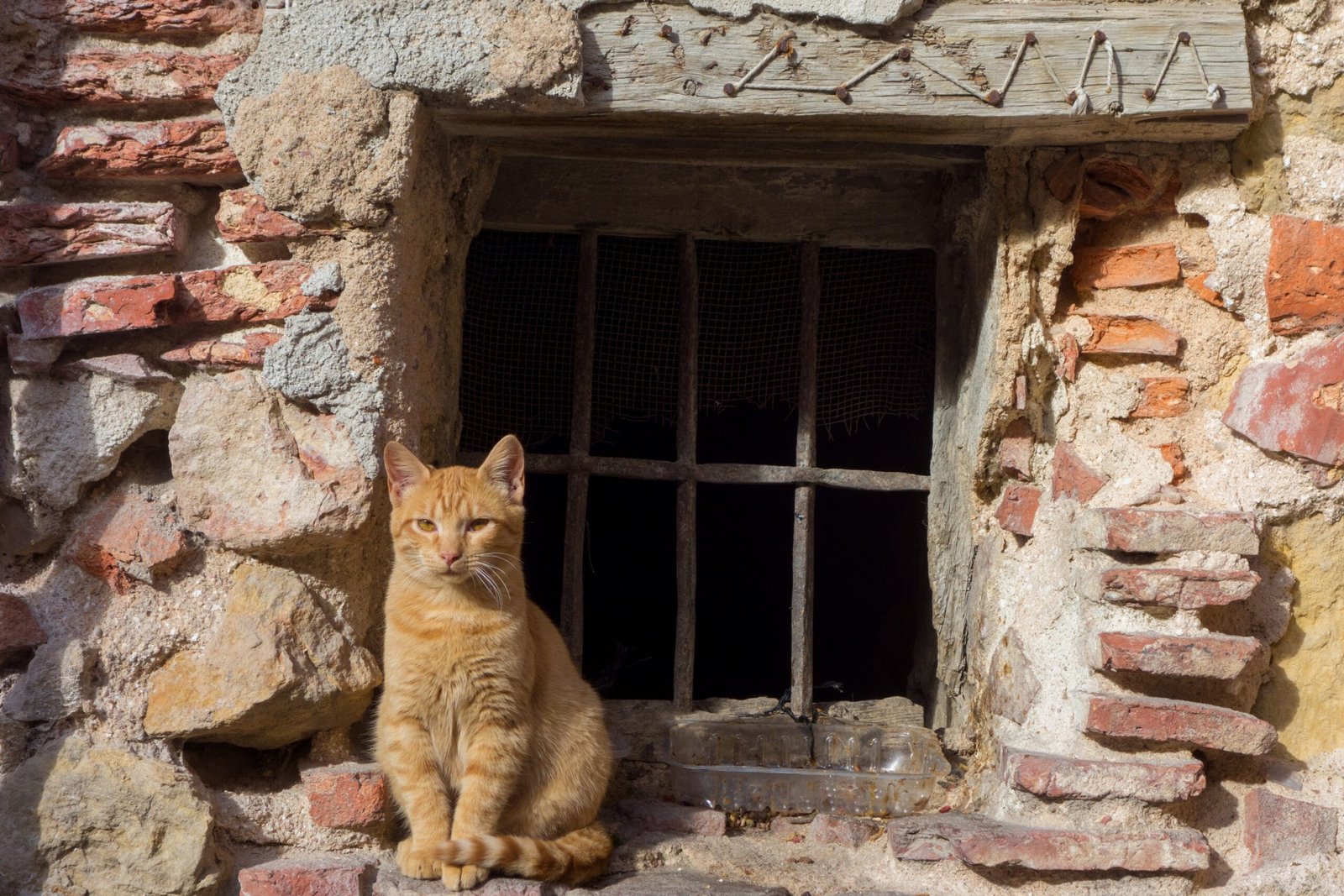
Major changes, like a new family member or a move, can disrupt the emotional habits cats have formed. They may become withdrawn or anxious, searching for the stability of their familiar routines. Re-establishing old habits or creating new ones can help ease the transition. Cats often look to their trusted person for cues on how to adapt, demonstrating the importance of their emotional connections. By maintaining consistency and patience, owners can help their cats adjust to new circumstances, reinforcing the long-term habits that make them feel secure.
Grief and Loss: The Depth of Attachment
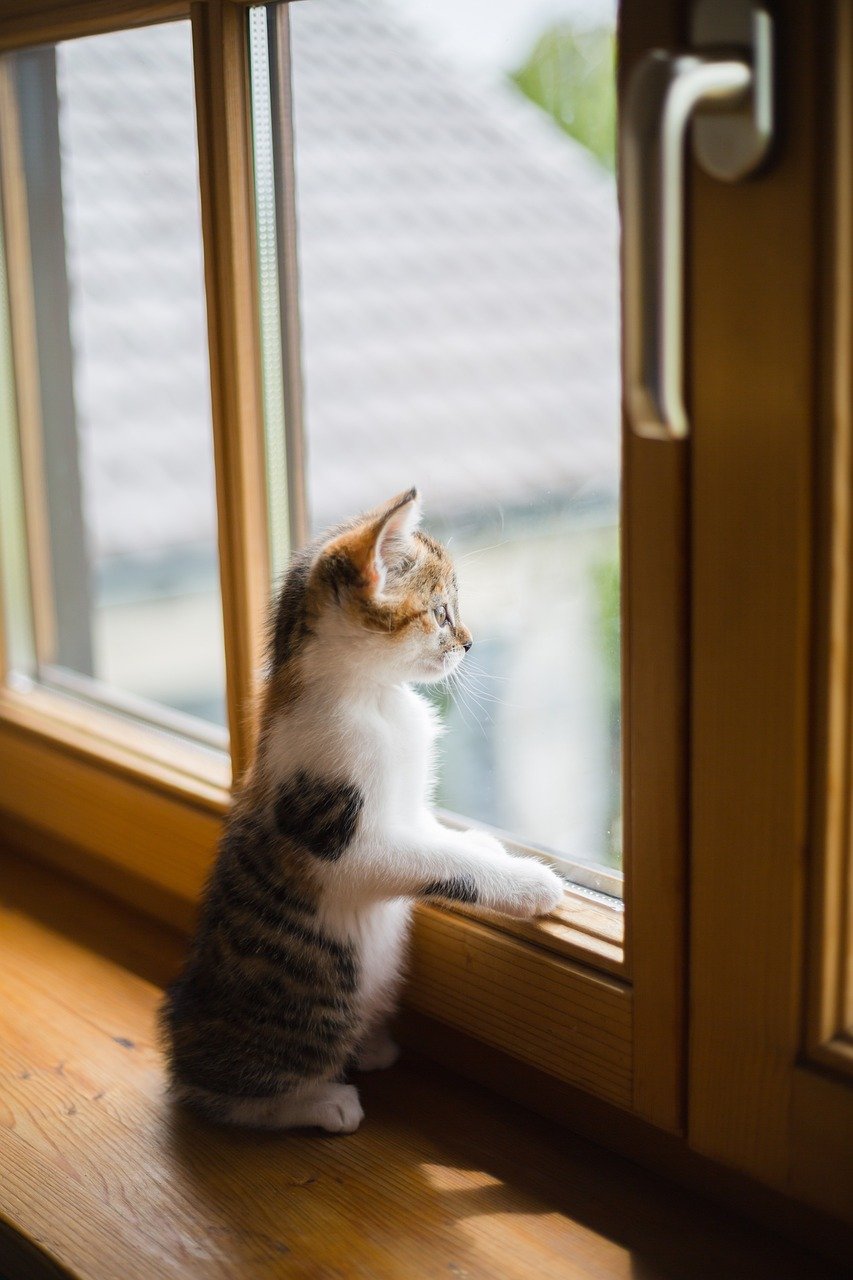
Cats are not immune to grief and loss, especially when separated from a beloved person. Some cats may exhibit changes in eating, sleeping, or social behaviors, reflecting the absence of their usual routines. The emotional habits formed with a person can leave a lasting imprint, causing a cat to search for their lost companion or become more withdrawn. Over time, some cats adapt, while others may carry the memory of their person for years. These reactions speak to the profound impact that long-term emotional habits have on a cat’s life.
Multi-Person Households: Choosing Favorites
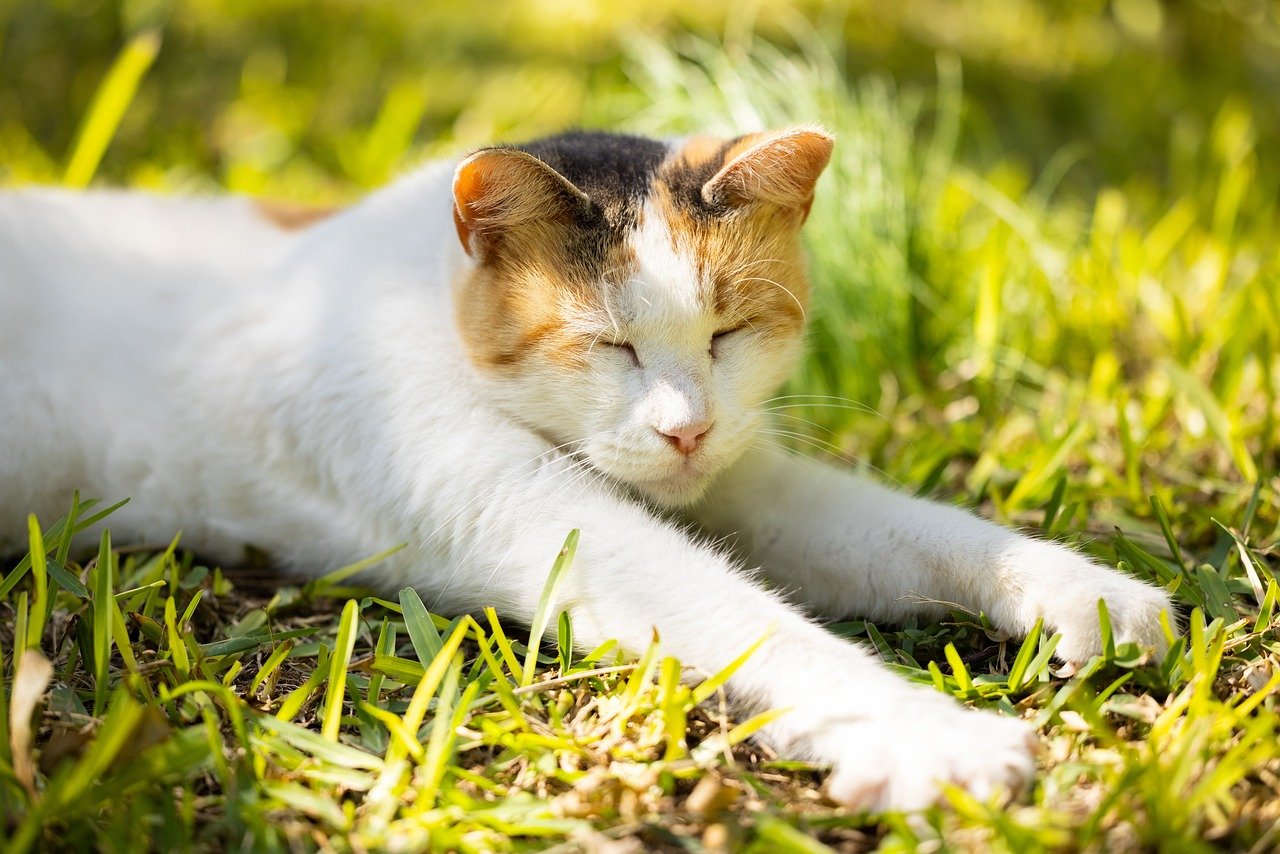
In homes with multiple people, cats often form unique emotional habits with each member. They may cuddle with one person at night, play with another in the afternoon, and seek treats from someone else. This selective bonding shows that cats are capable of nuanced emotional attachments, tailoring their routines to the preferences and personalities of each person. Over time, these individualized habits become an important part of the household dynamic, strengthening the overall bond between cat and humans.
Signs Your Cat Has Formed Emotional Habits
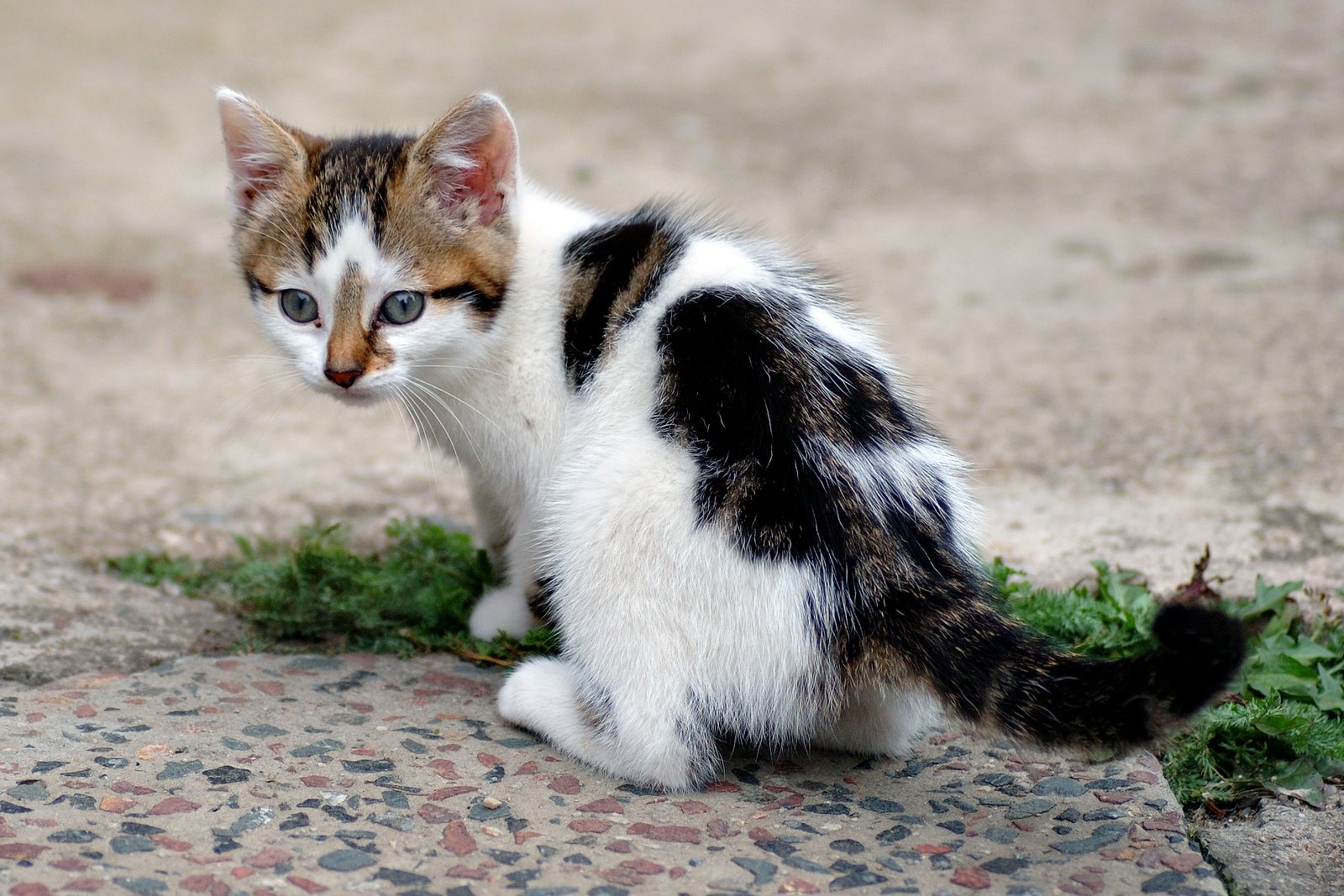
Wondering if your cat has developed long-term emotional habits around you? Look for signs like consistent greeting rituals, preferred sleeping spots, or specific meows aimed only at you. Cats who have formed strong attachments may also bring you gifts, follow you around, or show distress when you’re away. These behaviors, repeated over weeks or years, are clear indicators of deep emotional habits. Recognizing and nurturing these patterns can enhance your relationship, providing mutual comfort and happiness.
Strengthening Emotional Habits with Your Cat

Building and maintaining emotional habits with your cat takes patience, consistency, and love. Simple routines, like regular play sessions, gentle petting, and predictable feeding times, help reinforce the bond. Paying attention to your cat’s preferences and adapting your interactions can also deepen trust. Over time, these shared experiences create a tapestry of emotional habits that enrich both your life and your cat’s. The effort you invest is returned tenfold in the form of loyalty, affection, and a unique friendship.
The Joy of Lifelong Bonds

The emotional habits cats form around the people they love are a testament to their capacity for connection and loyalty. These habits are built on countless shared moments—small rituals, daily routines, and the comfort of familiar presence. For cat lovers, recognizing and nurturing these habits can transform a simple pet-owner relationship into a lifelong bond filled with joy, understanding, and unspoken affection. The next time your cat curls up beside you or greets you at the door, remember: those habits are the echoes of a love that grows deeper with every day.
Hi, I’m Bola, a passionate writer and creative strategist with a knack for crafting compelling content that educates, inspires, and connects. Over the years, I’ve honed my skills across various writing fields, including content creation, copywriting, online course development, and video scriptwriting.
When I’m not at my desk, you’ll find me exploring new ideas, reading books, or brainstorming creative ways to solve challenges. I believe that words have the power to transform, and I’m here to help you leverage that power for success.
Thanks for stopping by, Keep coming to this website to checkout new articles form me. You’d always love it!






